Design with the Other 90%: CITIES Opening October 15 at the United Nations
By Bustler Editors|
Monday, Oct 3, 2011
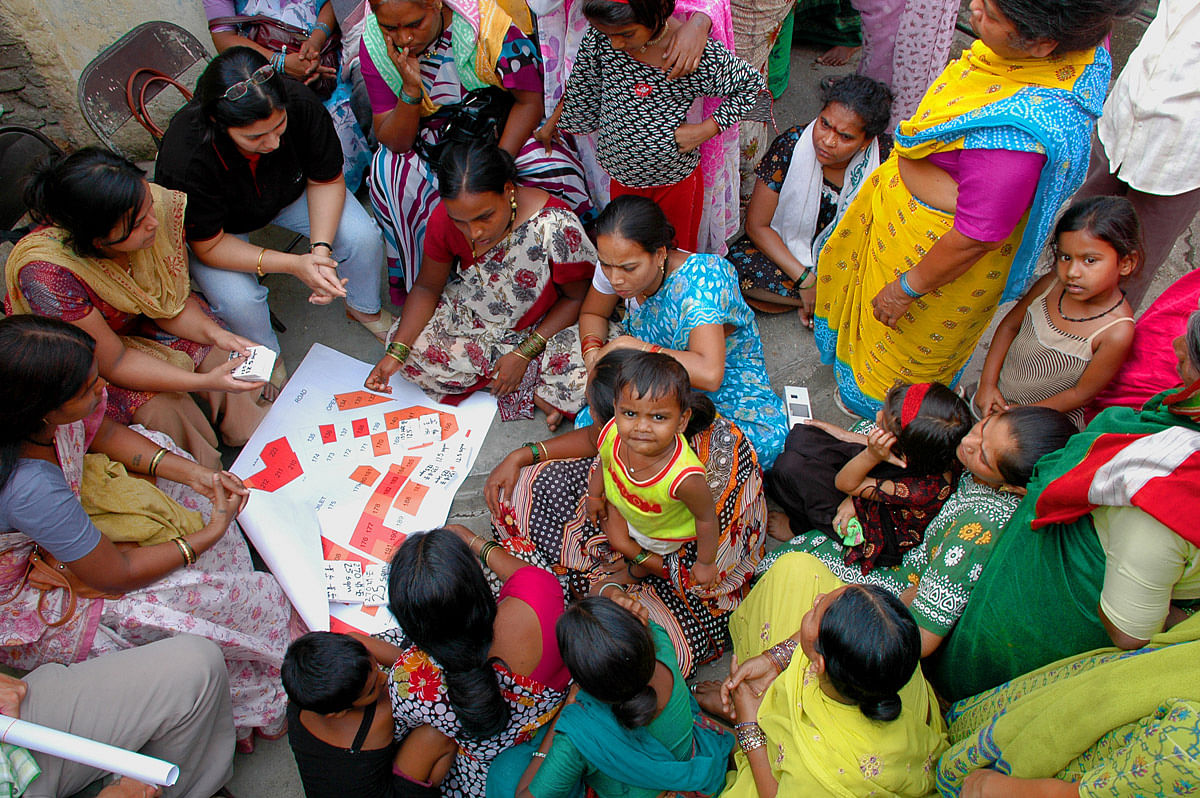
Related
“Design with the Other 90%: Cities,” the second in a series of themed exhibitions by Smithsonian’s Cooper-Hewitt, National Design Museum that demonstrate how design can address the world’s most critical issues, opens October 15 at the United Nations and runs through January 9, 2012.
Organized by Cynthia E. Smith, the museum’s curator of socially responsible design, the exhibition will feature more than 60 projects from 22 countries around the globe. Admission to the exhibition will be free of charge.
The museum’s main facility, housed in the Carnegie Mansion, will undergo renovation, beginning in fall 2011, as part of a $64 million capital campaign that includes enlarged and enhanced facilities for exhibitions, collections display, education programming and the National Design Library, and an increased endowment.
The exhibition will explore design solutions to the challenges created by rapid urban growth in informal settlements, commonly referred to as slums. Close to 1 billion people live in informal settlements, and that population is projected to swell to 2 billion people by 2030. This accelerated urban expansion will take place primarily in developing and emerging economies in an increasingly climate-challenged world.
Projects and products at every scale will be included, with a focus on designs that are informed by end users: alternative housing design, methods and materials; low-cost clean water; accessible education initiatives; sanitation and solid-waste management; transportation solutions; innovative systems and infrastructure; and urban design and planning.
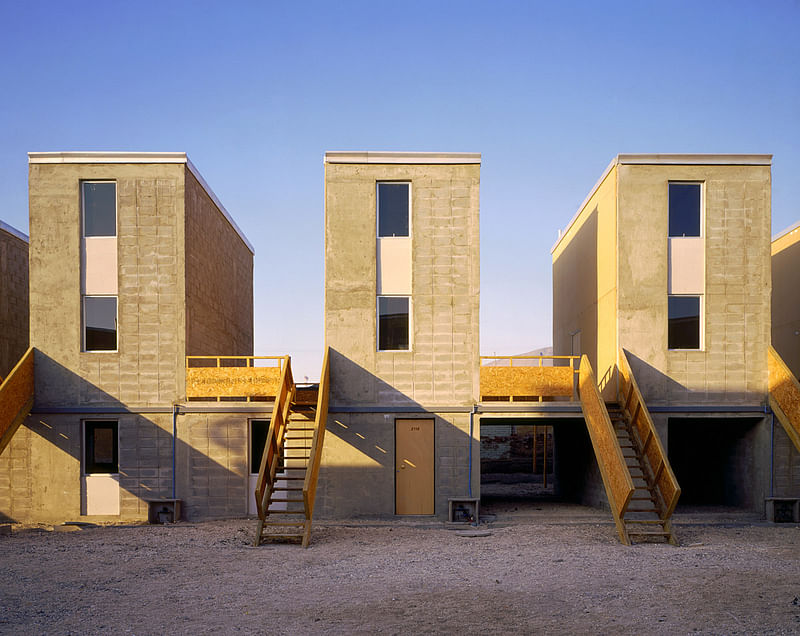
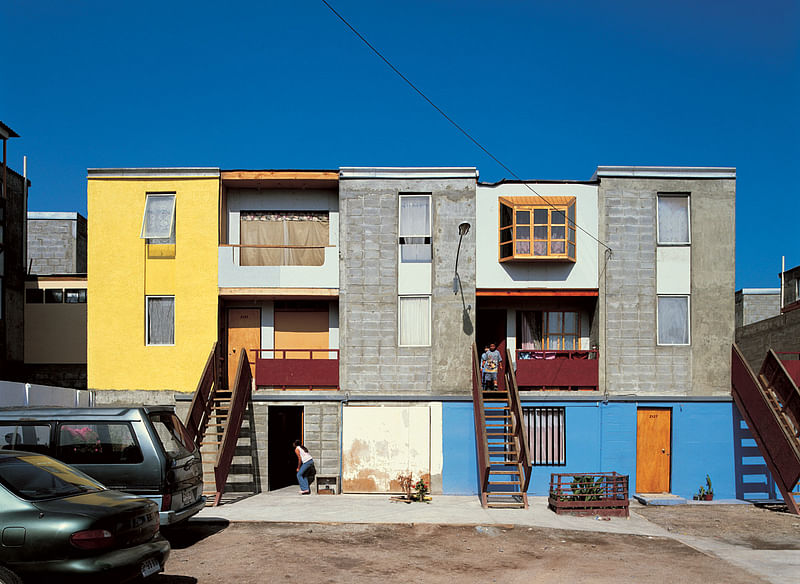
Exchange
Increasingly, local and regional authorities cannot keep up with the unprecedented growth of informal settlements or slums. This section of the exhibition showcases innovative solutions that have emerged as the informal and formal cities exchange design knowledge to meet this demand.
Among the projects on view are community-generated solutions by Shack/Slum Dwellers International that build the capacity of poor urban communities by addressing secure land tenure, housing, basic amenities and livelihood through community-to-community exchanges throughout Africa, Asia and Latin America; the Urbanism Manual for Precarious Settlements, designed and produced for use in Buenos Aires, Argentina, which provides a free “how-to” urban design manual for newly arriving settlers; and the Incremental Housing project in Iquique, Chile, and Monterrey, Mexico, which produces half-finished houses that are completed by the residents and contain only the essentials of a built home—bathroom, kitchen, structure and roof—in order to stretch resources further to meet the rapidly growing demand for housing.
Other projects in this section explore building methods, materials and manufacturing, including a full-scale shelter installation representing an alternative gabions construction method used in Mexico City, in which mesh and wire containers are filled on-site with locally available materials. This low-cost, flexible system can easily adapt to accommodate a range of needs. Also on view will be a plastic formwork kit to produce cast-in-place mortar structures using mostly indigenous materials, in order to quickly, efficiently and cost-effectively produce homes.
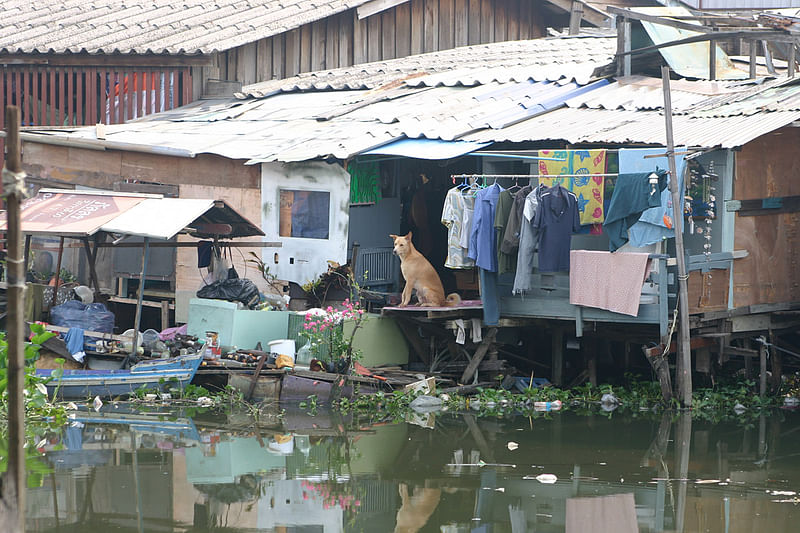
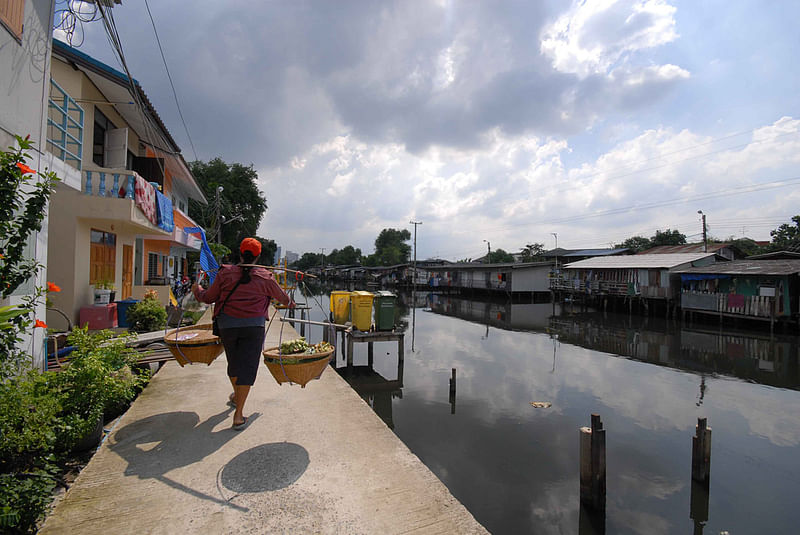
Reveal
The projects on view in this section increase awareness of the scope and scale of the conditions in informal settlements, which are often invisible and do not show up on official maps or on census roles.
Highlights of the included projects are the Praça Cantão Favela Painting project in Santa Marta, Rio de Janeiro, where artists engaged community members to paint the building exteriors in their neighborhood, calling international media attention to their need for improvement; and the open-source mapping project Map Kibera in Nairobi, Kenya, which engages local youth to map the settlement in order to locate and number the hundreds of thousands of people living there and document the lack of basic services of the informal settlement.
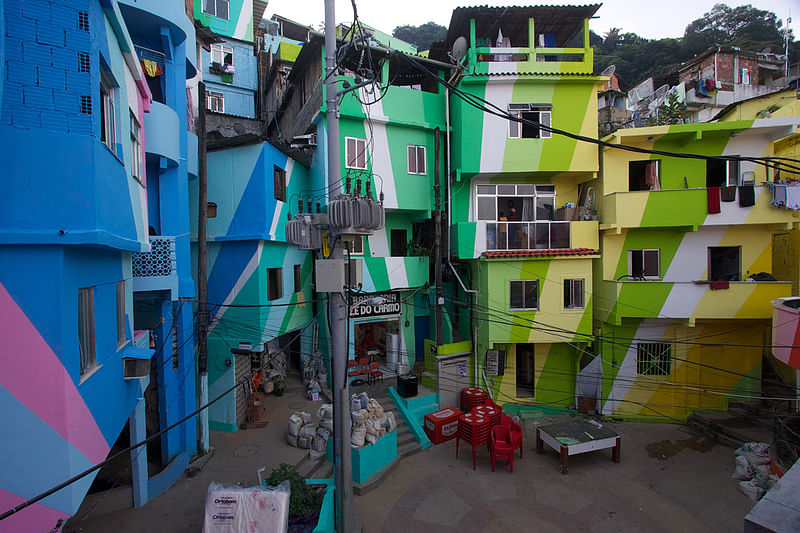
Adapt
Designers and architects are collaborating with communities to create design solutions that respond to the local terrain, urban or climate conditions of the region.
Featured works on view in this section include the Integral Urban Project in the neighborhood of San Rafael-Barrio Unido in Caracas, Venezuela, which upgraded the extremely vertical settlement with an improved network of stairs that integrate drainage, sewage and clean water infrastructure; and the Floating Community Lifeboats in Bangladesh, which provide space for solar-powered schools, libraries, clinics and community centers in response to rising waters and extreme density.
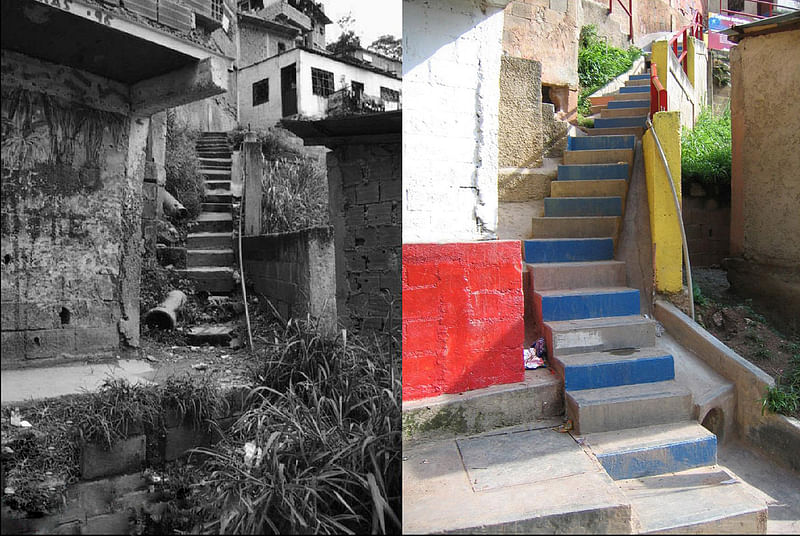
Include
There is a growing urban divide in many of the world’s cities. The “include” section features design solutions that seek to include those who had been marginalized by the established city—the poor, women, youth and entire communities.
Among the featured projects are the Jiko ya jamii (Community Cooker), a large-scale oven that uses trash as fuel to power a communal cooking facility in Kibera, Nairobi; the city of Diadema, Brazil, where the mayor worked directly with the informal communities through participatory planning and budgeting to reurbanize the settlements, including widening and paving what were once narrow streets, cooperatively building social housing, establishing a new system of land tenure and providing quality health care to all residents; and Kaputiei New Town in Kenya, developed by Jamii Bora Trust, a micro-finance organization started by 50 street beggar families who saved enough money to found the Trust in 1999. Jamii Bora members receive loans to start small businesses and save enough to purchase a house in the town, where social amenities, facilities and open spaces are maintained by neighborhood management associations.
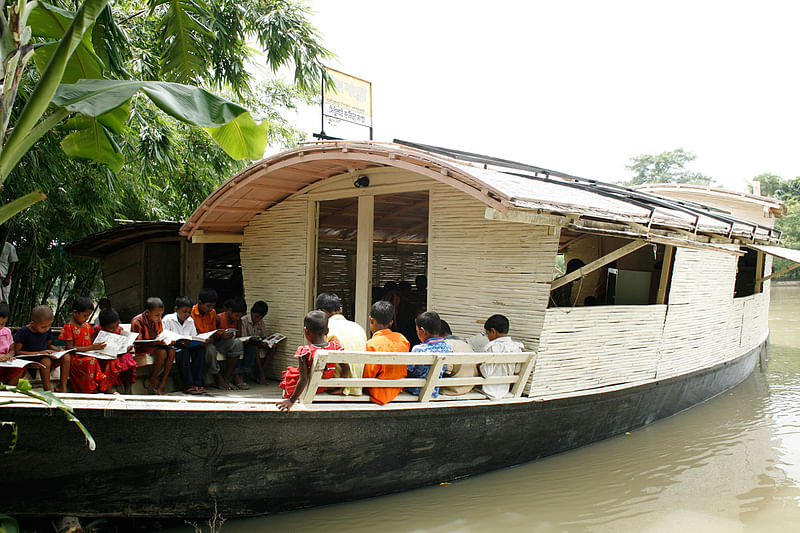
Prosper
Informal communities often form as people from rural areas migrate to urban centers in search of jobs and better lives. The projects in this section create work opportunities, such as Spaza-de-Move-on in Durban, South Africa, a portable, durable device that provides dignity and convenience to informal street vendors; M-PESA, a mobile money transfer service that enables urban migrants in Kenya to send money back to their villages via a mobile device; and in Bangalore, India Babajob.com, a social-networking service, connects impoverished job seekers with employers through chains of personal connections, replicating the process by which Indians hire in real life.
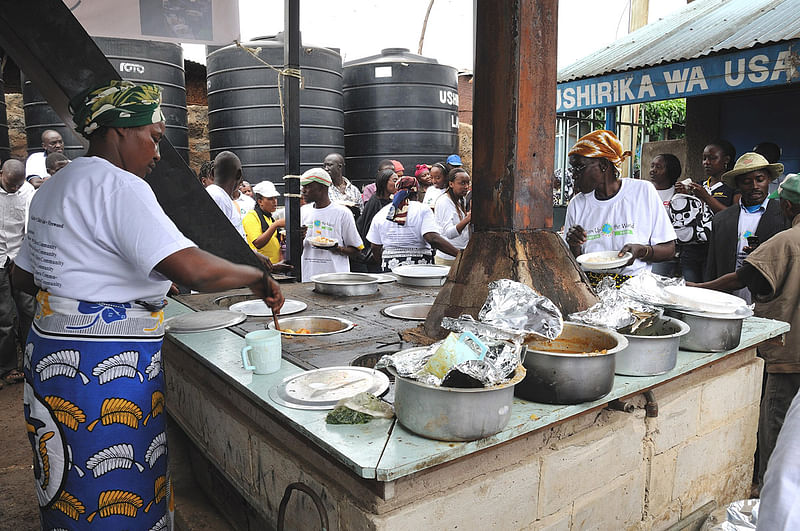
Access
Informal settlements lack access to basic services. The largest section of the exhibition includes design solutions to improve access to water, sanitation, food security, electricity, health, transportation and education.
Projects on view include the SONO Water Filter from Bangladesh, a low-cost, reliable and user-friendly household system to remove arsenic from drinking water through a series of buckets filled with locally available materials that act as natural filters; the BioCentres in Nairobi are complexes that feature toilets and washrooms accessible to the disabled, with free child only toilets, water kiosks selling affordable clean water and ancillary rooms for community and livelihood activities on the upper floors; Garden-in-a-sack in Kibera, Nairobi made from inexpensive, available materials to maximize the small amount of space available in the settlement for micro-agriculture; the Bicycle Phone Charger, a simple device made from bicycle and radio parts that is attached to a bicycle to generate enough power to charge a cell phone; the Shasthya Shebika (Health Volunteer) Kit, a portable pharmacy kit for health volunteers throughout informal communities in Dhaka, Bangladesh; the Guangzhou Bus Rapid Transit system in Guangzhou, China, services nearly 1 million riders per day and the cost is 10 times less expensive than the metro; and the Digital Drum in Kampala, Uganda, a solar-powered information access point made from two durable, low-cost oil drums welded together, rugged keyboards, solar panels and low-power tablets.
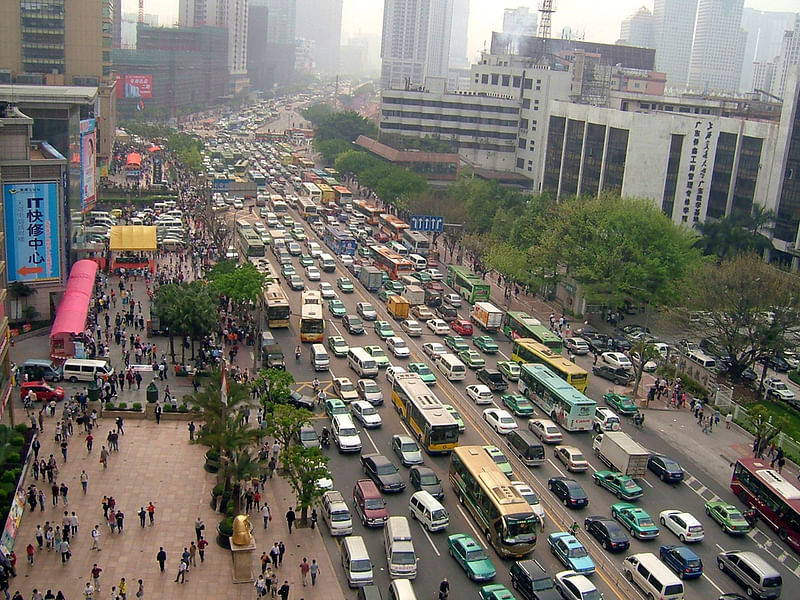
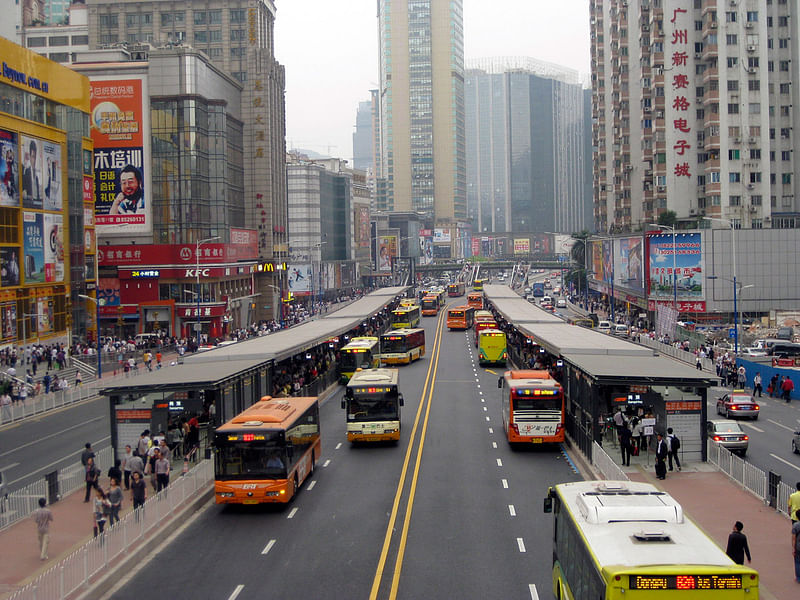
A site-specific installation in the lobby of the United Nations Visitors Centre will be designed by Moorhead + Moorhead, a New York-based architecture and design firm.
“Cities” will be accompanied by an online open-network database, which will extend the exhibition beyond the physical space. Developed in collaboration with the museum’s curatorial, communications and education staff, the database will compile vital design resources for developing and emerging economies; connect numerous stakeholders in the field of socially responsible design and engage a wider local and international audience in developing solutions for those living in poverty. The database will begin with 100 projects from both the “Design for the Other 90%” and “Design with the Other 90%: Cities” exhibitions, and invite user-generated content, in order to track a multitude of projects throughout the world and their global impact.
A fully illustrated catalog will accompany the exhibition, featuring essays by Somsook Boonyabancha of the Asian Coalition for Housing Rights, Edgar Pieterse of the African Centre for Cities and Christian Werthmann from Harvard’s Graduate School of Design. Also included in the catalog will be interviews conducted by Smith with Jockin Arputham of Shack/Slum Dwellers International and Sheela Patel of SPARC, Juliana Rotich of Ushahidi, Rob Small and Christina Kaba of Abalimi Bezekhaya, Gabriela Sorda from the Architecture, Design and Urbanism Department at the University of Buenos Aires and Sharad Sapra of UNICEF.
“Cities” will be shown in the Main Gallery of the United Nations Visitors Lobby. The galleries can be viewed daily from 9:30 a.m. to 6 p.m. Admission to the exhibition at the United Nations is free. The United Nations Visitors Centre is located on First Avenue at 46th Street. Public transit routes include the Lexington Avenue 4, 5 and 6 subways to Grand Central Terminal and the M15, M27, M42 or M104 buses. The United Nations is fully accessible.
Find more featured examples of life-changing design projects in the image gallery below.
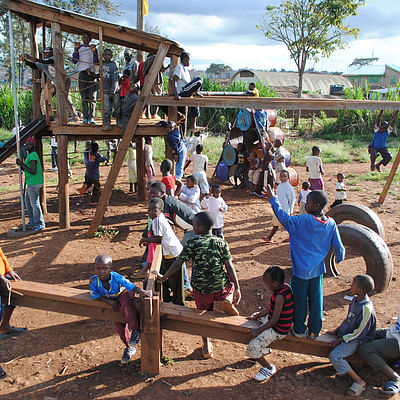
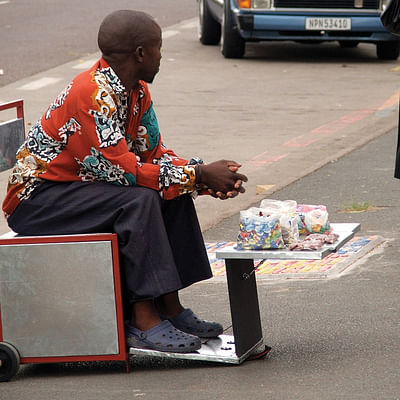
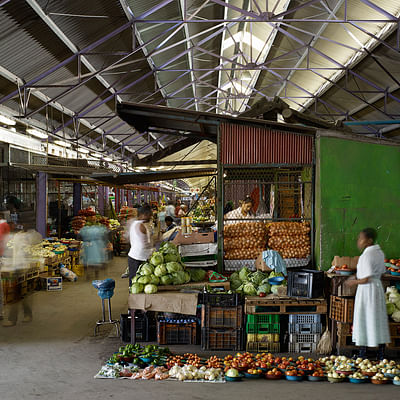
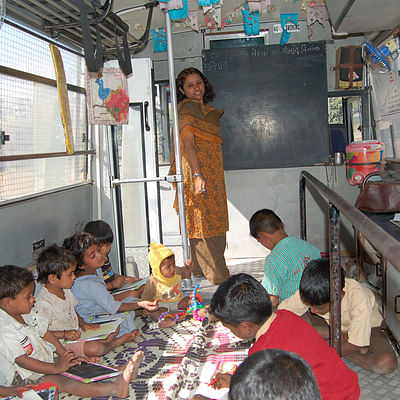
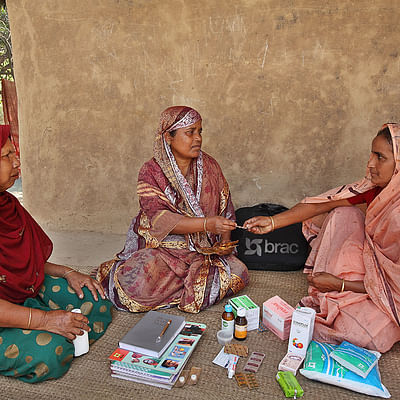
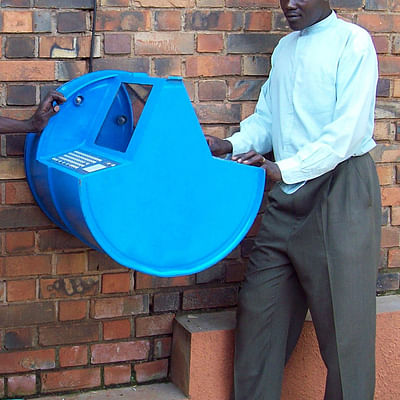
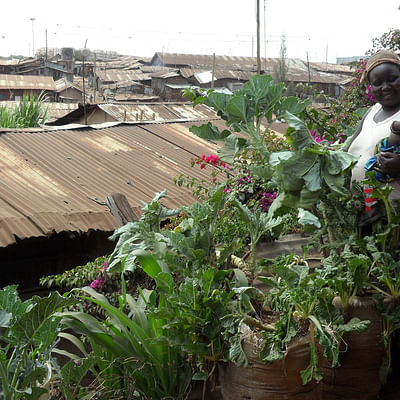

Share
0 Comments
Comment as :